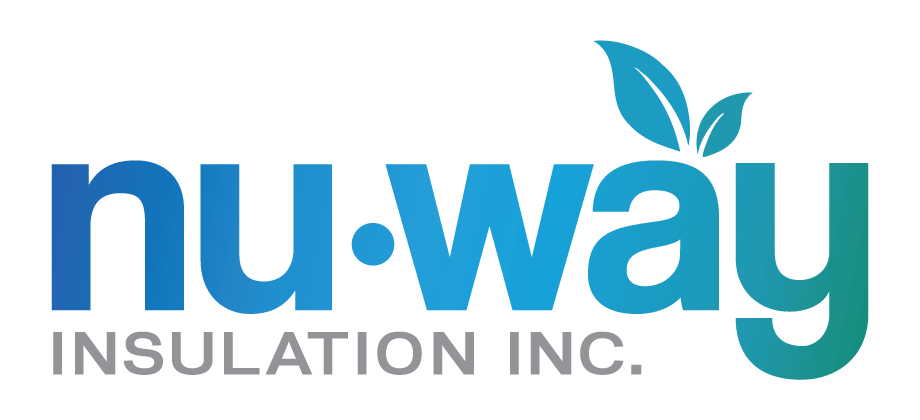In the realm of home improvement and energy efficiency, insulation stands as a silent hero, often overlooked yet immensely impactful. It’s the unsung barrier between the indoor comfort we cherish and the outdoor elements we fend off. In this article, we delve into the depths of insulation, exploring its significance, types, benefits, and how it contributes to a sustainable future.
Understanding Insulation: A Shield Against Temperature Extremes
At its core, insulation is a material designed to minimize heat transfer between two spaces. In homes, it works year-round, keeping interiors warm in winter and cool in summer. The science behind insulation is simple yet profound: it inhibits the movement of heat, acting as a barrier that prevents heat from escaping during cold weather and infiltrating during hot weather.
Types of Insulation: From Traditional to Innovative
Insulation materials come in various forms, each with its unique properties and applications.
- Fiberglass: Perhaps the most common type, fiberglass insulation consists of fine glass fibers. It’s known for its affordability and effectiveness in both residential and commercial settings.
- Cellulose: Made from recycled paper products, cellulose insulation is eco-friendly and offers excellent thermal performance. It’s often used in attics and walls.
- Spray Foam: This expanding foam insulation fills gaps and seals cracks effectively, providing superior insulation and moisture control. It’s ideal for hard-to-reach areas and irregular spaces.
- Mineral Wool: Composed of minerals like rock or slag, mineral wool insulation is fire-resistant and offers soundproofing benefits in addition to thermal insulation.
- Reflective Insulation: Utilizing reflective surfaces, such as aluminum foil, this type of insulation reflects radiant heat rather than absorbing it, making it suitable for attics and crawl spaces.
Benefits Beyond Comfort: The Advantages of Proper Insulation
Investing in quality insulation yields numerous benefits beyond temperature regulation:
- Energy Efficiency: Properly insulated homes require less energy for heating and cooling, leading to reduced utility bills and lower carbon footprints.
- Improved Comfort: Consistent indoor temperatures mean enhanced comfort year-round, eliminating cold drafts in winter and stifling heat in summer.
- Noise Reduction: Certain types of insulation, such as mineral wool, dampen sound transmission, creating quieter living spaces.
- Moisture Control: Insulation helps prevent moisture buildup within walls, reducing the risk of mold and mildew growth.
- Long-Term Savings: While the initial cost of insulation installation may seem significant, the long-term savings in energy bills often outweigh the expense.
Embracing a Sustainable Future: Insulation and Environmental Impact
In a world increasingly focused on sustainability, insulation plays a crucial role in reducing energy consumption and mitigating climate change. By minimizing the need for heating and cooling, insulation directly contributes to lower greenhouse gas emissions associated with residential energy use. Additionally, many insulation materials are now manufactured from recycled or renewable resources, further reducing their environmental footprint.
Conclusion
In the grand tapestry of home improvement, insulation may not always steal the spotlight, but its impact is undeniable. From fiberglass batts to cutting-edge spray foam, the world of insulation offers a diverse array of solutions to suit every need and budget. As we strive towards a more sustainable future, let us not overlook the humble yet mighty role of insulation in keeping us comfortable, conserving energy, and safeguarding the planet for generations to come.

